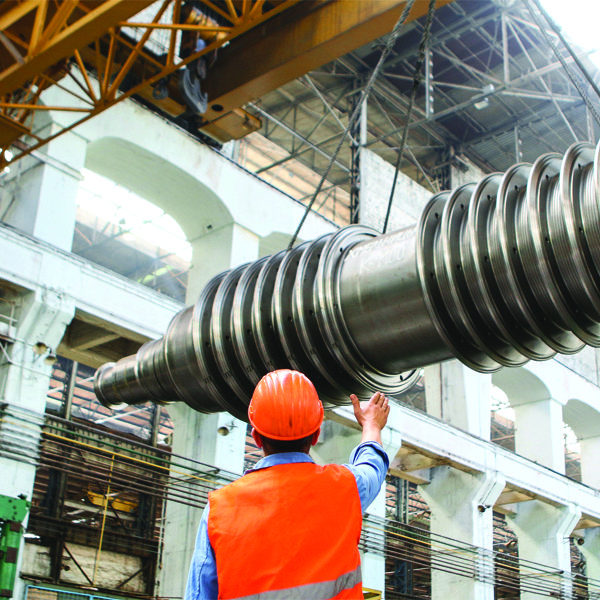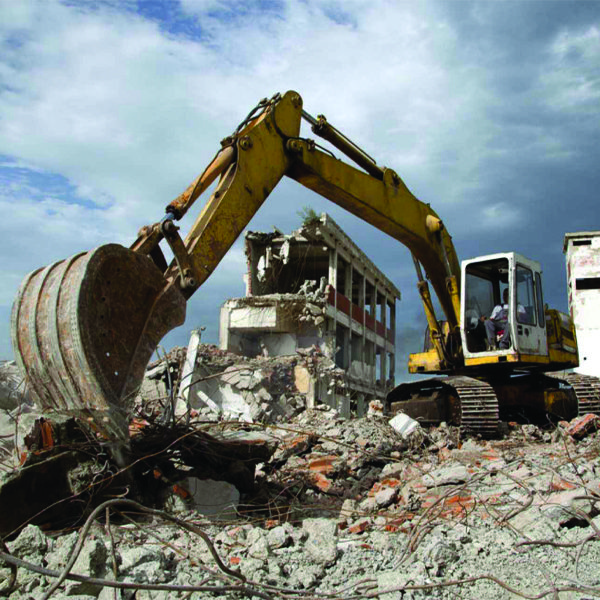Digital Technology and its Relevance in Design
Today, with the complexity of designs that we witness worldwide, a digital uprising is very critical. As architects and designers, we must actively invest in newer technology and innovations within the construction industry to allow stakeholders to save time and money and go paperless in the long run, moving towards environmental sustainability. Modern-day structures combine various interconnected elements along with complex calculations. Ensuring this momentous task is carried out with utmost precision requires a blend of competencies and digital aid.
The adoption of various technologies in construction works can enable professionals to save time, improve the quality of work, reduce costs, focus on safety parameters, and increase profit margins. Digitization can also streamline business models and practices with proper tracking measures, thereby providing transparency and allowing us to collect data, and track materials and working hours for effective planning. Incorporating technology also boosts productivity, increases efficiency and reduces project delivery time as communication on projects improves, reducing the scope for confusion and errors. Today, continually evolving technology has further strengthened the usage of digital tools such as BIM — a popular tool with integrated design practices. This has enabled architecture and engineering to streamline and improve on the lines of quality, accuracy and innovation. Additionally, various 3D integrated design and analysis software have made construction operations easier by carrying out complex simulations.
The major challenge the construction industry faces today is smoother communication amongst different stakeholders in the timely completion of projects. Projects are dynamic and often require numerous changes and modifications throughout their lifecycle, especially from the schematic to the completion stage. While we have all progressed towards utilising digital platforms for smooth communication and managing documentation and timeline through various platforms, there still needs to be a seamless integration of everything that is dynamic and acts as a way of communication amongst different stakeholders. This calls for a dire need for digital transformation in the construction sector, especially post-pandemic, with a digitally enabled workforce. By incorporating advanced technology, integrated practices offering design and engineering consultation seek to increase profitability, streamline processes, reduce project risks, and increase design coordination efficiency.
The future of the Indian built environment has tremendous potential to develop complex structures in challenging environments with diverse social and climatic conditions. The economic narrative on projects must allocate room for enabling state-of-the-art technology on large-scale projects. With multiple stakeholders involved in a project, time management becomes a necessity making collaboration the key to operating in the industry. Technology, when used to its utmost potential, can enable communication to increase between the field and the office. Real-time data allows plans, permits and other documents to get submitted and approved faster, ensuring supreme project delivery. A switch to digital operations with all the costs involved seems a justified move in the industrial context.




